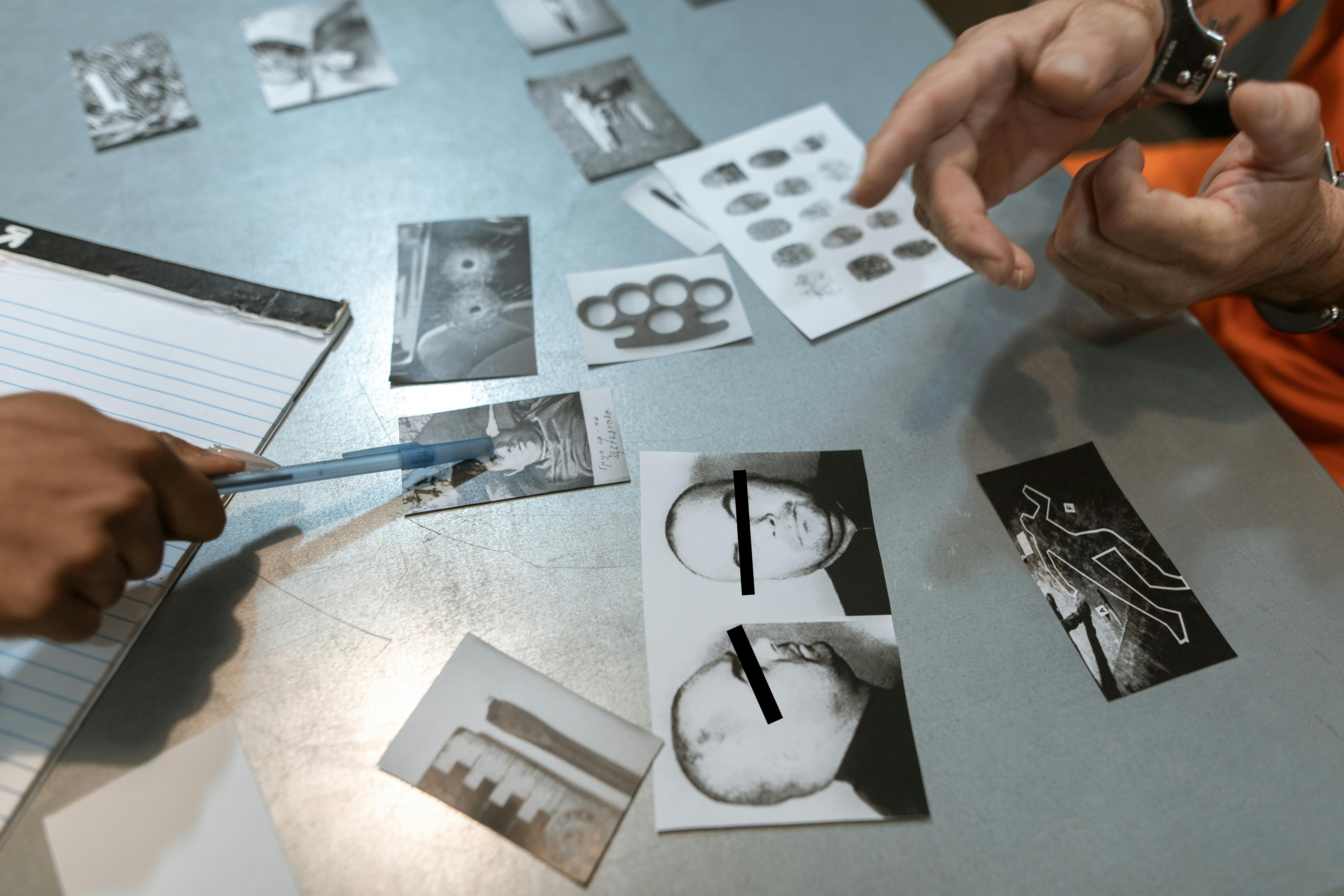
Yes, lasers can treat cataracts now!
Do you know how cataracts are treated? Whether cataracts are extracted, liquefied, or removed with a radiation beam, cataract surgery is one of the safest procedures available with a high success rate. However, with a new paradigm of laser techniques, surgeons may soon have to think twice before performing surgery.
It is true that the advent of femtosecond lasers has brought a new level of precision, consistency, and safety to critical areas of cataract surgery. However, recent studies have shown that laser photolysis with femtosecond surgery can postpone cataract surgery by whitening the lenses.
Yes, you heard me right. It is not the same procedure that experts do with discoloration of teeth, hair, skin and clothing. In cataracts, the lenses whiten with light. Photobleaching involves the use of a pulsed laser in the infrared spectrum to bleach chromophores (light-absorbing molecules) that accumulate in the natural human lens. By restoring the transparency of age-induced yellow lenses through photobleaching, the need for cataract surgery can potentially be postponed by 3-7 years.
In fact, by incorporating the concept of photobleaching into cataract management, millions of visually impaired people can be saved, particularly in developing countries where surgery is not available. In addition, experts consider photobleaching as a possible tool to control cataract formation until IOL implantation is necessary.
However, more research is needed to determine the influence of photobleaching on the refractive index of lenses and whether it can create irregular astigmatism. The future calls for broader ideas that will improve the way surgeons manage cataracts today and eliminate surgery tomorrow if possible.